1.Overview
Robotics, drones, automatic agricultural vehicles, etc. in AI technology will effectively improve farming efficiency and liberate labor to a certain extent. From breeding analysis, field monitoring, precision spraying, and the final harvesting stage, AI technology is used.
In recent years, more and more farms have begun to use picking robots, which means that farms will need fewer farmers to grow crops. In a few years, when machines are cheaper than workers, the agricultural sector may become even hotter, and automation, robotics and artificial intelligence will fundamentally change the farmer’s workplace.
The DLAI-1221 artificial intelligence Training system is a TVET teaching workbench. The technical training system not only inlcuded PC, a research unit on mobile terminal, a SCADA unit, a computer vision inspection unit, a branded collaborative robot unit, also have an AMR robot based on QR code navigation, and application scene simulation unit.
We also have DLAI-1221B Service Robot Technology AI Training Equipment
2.Technical parameters
The system mainly consists of the following parts:
1 AI training workstation
2 Cobots
3 AMR Autonomous Mobile Robot
4 Simulation Application Scenario – Smart Picking
5 Safety protection
3. Training contents
1) Familiar with the Python language and master the basic technology of programming: Python is the most suitable programming language for artificial intelligence development. Because of its simplicity and ease of use, it is one of the most widely used programming languages in the field of artificial intelligence. Through this equipment, students can understand Python programming language, master the programming syntax of Python and the application of various examples.
2) Master the basic theory and technology of artificial intelligence technology: including the development history of artificial intelligence, basic concepts, methods and technologies of artificial intelligence, as well as the main application of artificial intelligence technology and other basic artificial intelligence theories.
3) Master the basic knowledge of deep learning related algorithms and the use of mainstream software and hardware platforms: including the construction and configuration of artificial intelligence deep learning environments, as well as the application of various progression learning frameworks.
4) Master the basic operations of data collection, data processing, feature extraction, and model training: Students can fully learn and master the collection, cleaning, and labeling of data sets; use a variety of different deep learning frameworks to train models, and complete the training Post-deployment implementation.
5) Computer vision detection technology: OpenCV is a cross-platform computer vision and machine learning software library based on BSD license (open source), which can run on Linux, Windows, Android and Mac OS operating systems. At the same time, it provides interfaces in languages such as Python, Ruby, and MATLAB, and implements many general algorithms in image processing and computer vision. Through this equipment, students can be familiar with and master the application of various APIs of OpenCV, such as using OpenCV and Python to realize face recognition, general object and scene recognition (recognizing animals, plants, commodities, buildings, landscapes).
Collaborative robot technology: On this device, students can get to know the real collaborative robot, learn how to use the collaborative robot, and practice the programming of collaborative robot software.

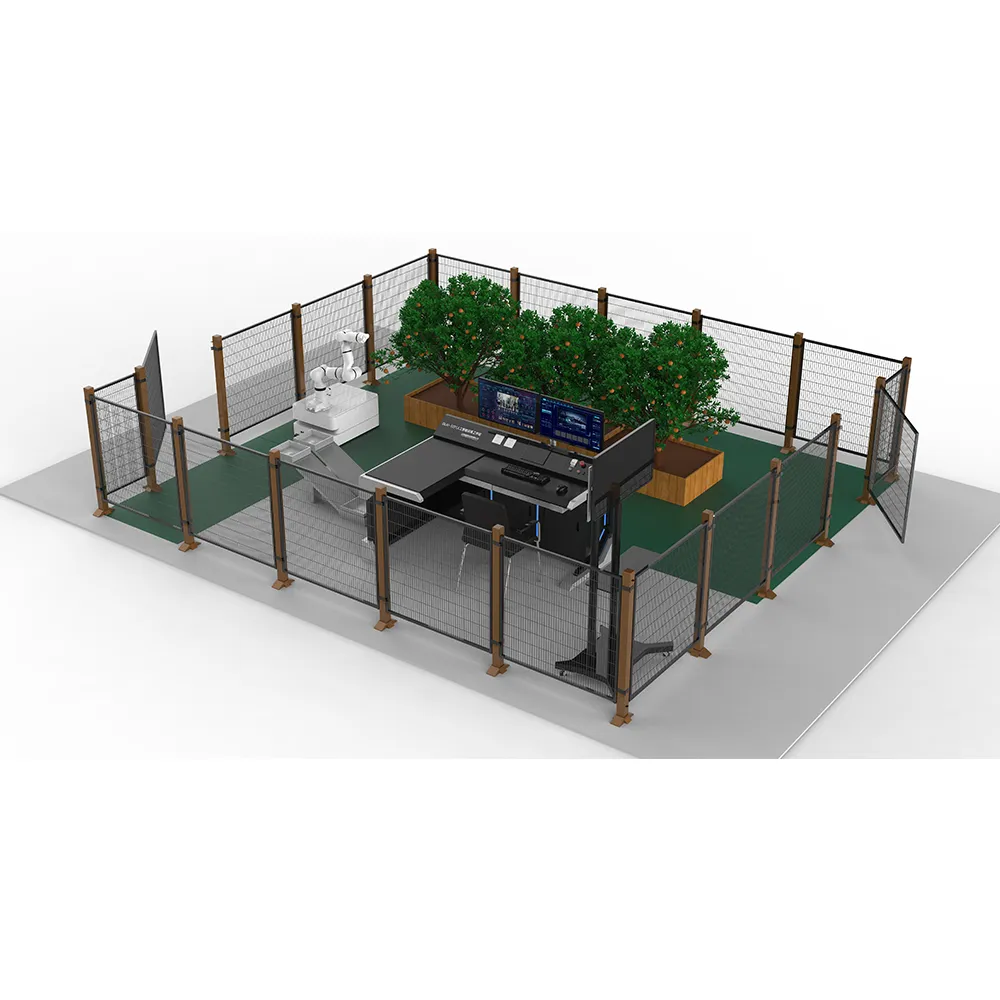
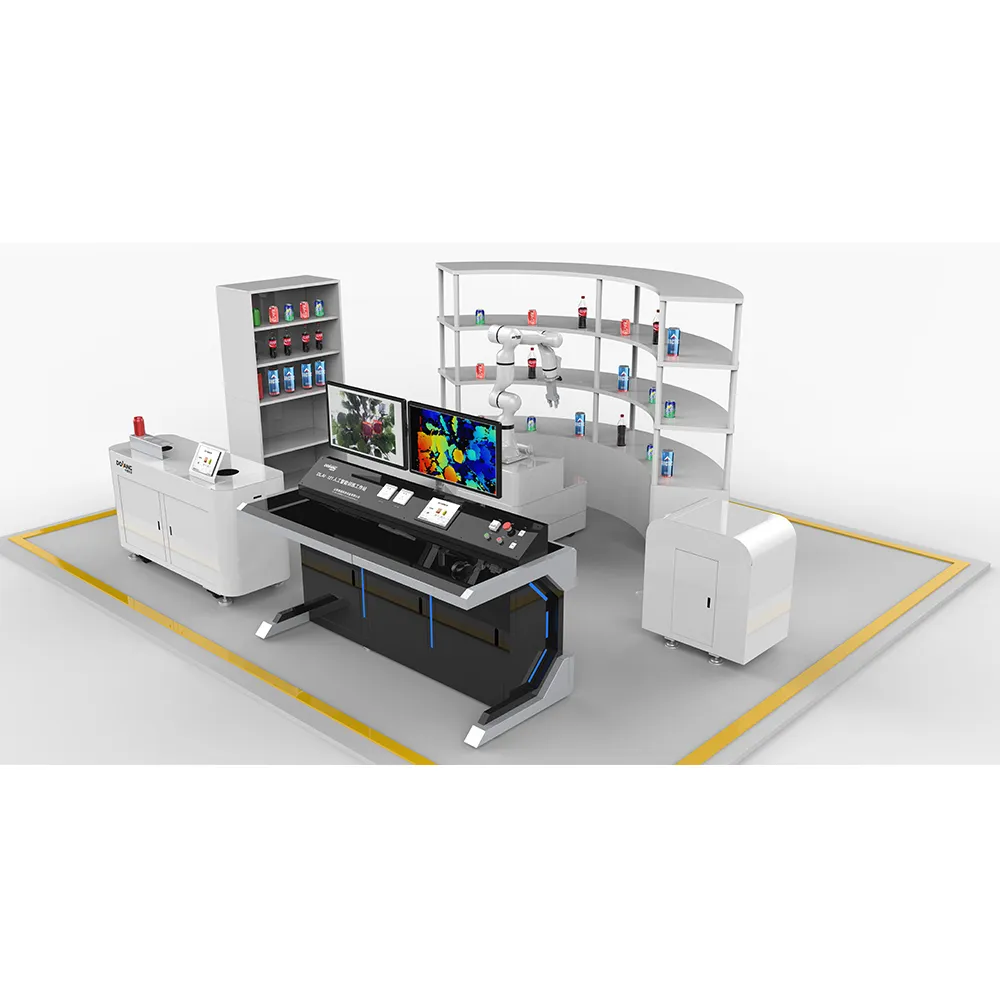

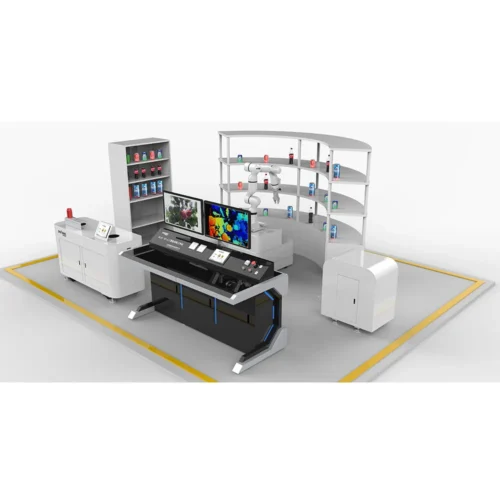
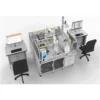
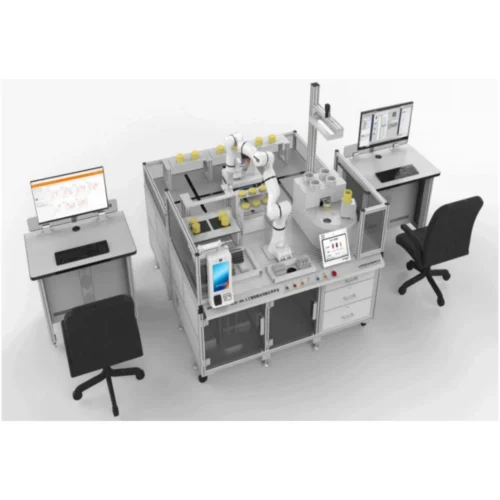


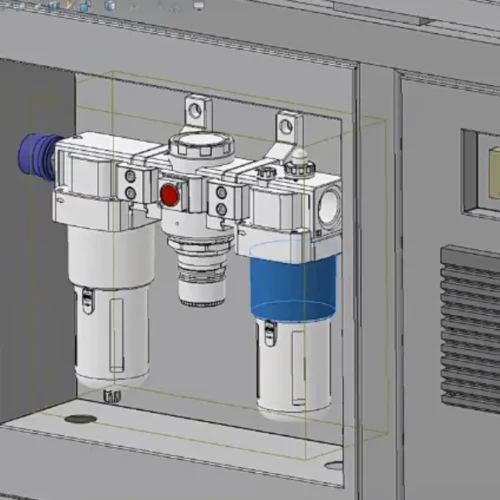
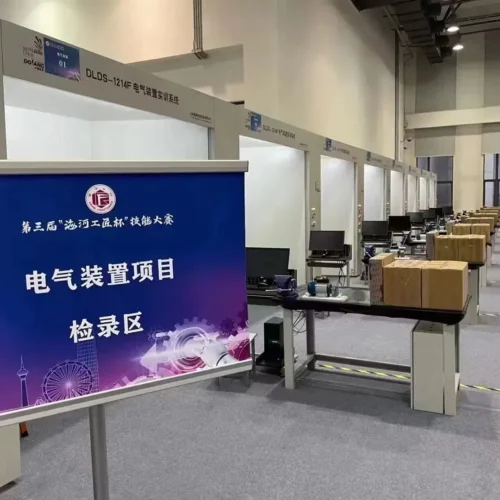

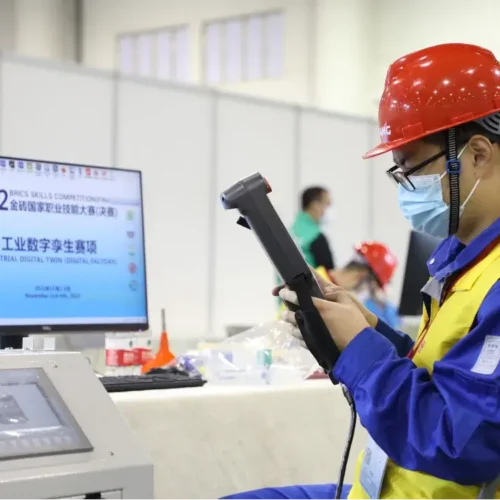
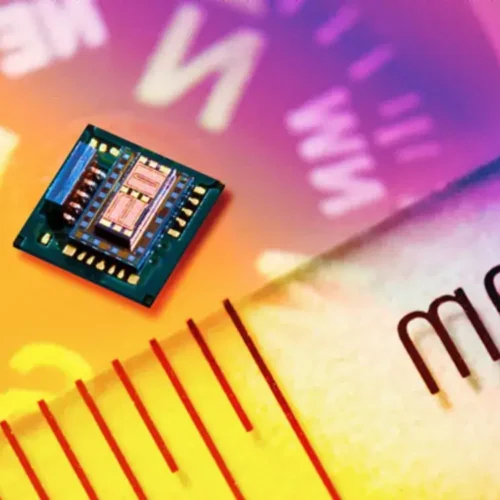
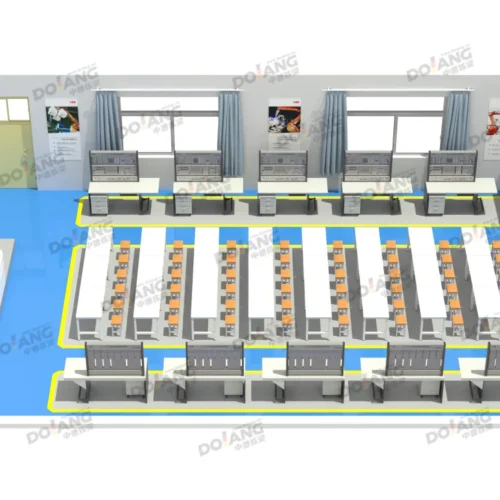
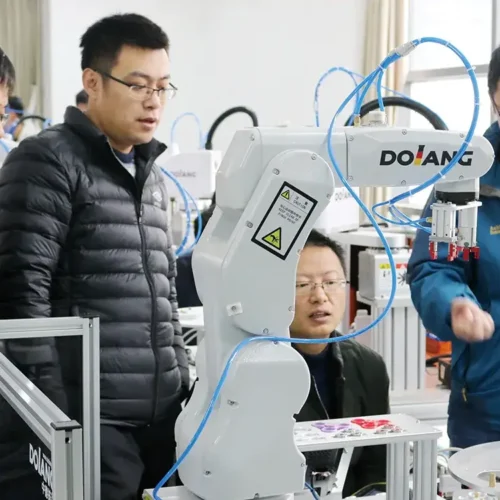
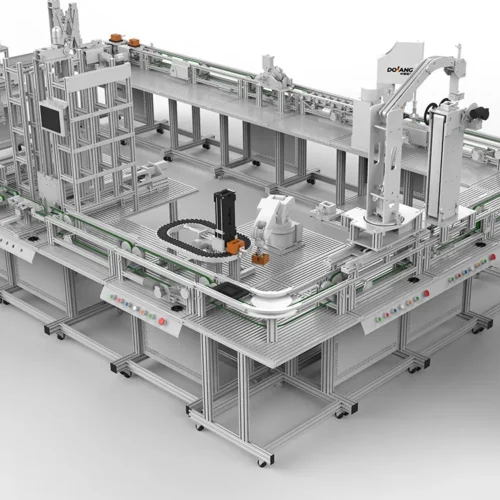
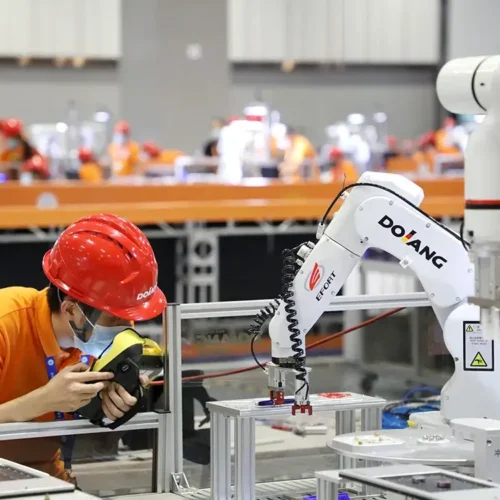
Reviews
There are no reviews yet.